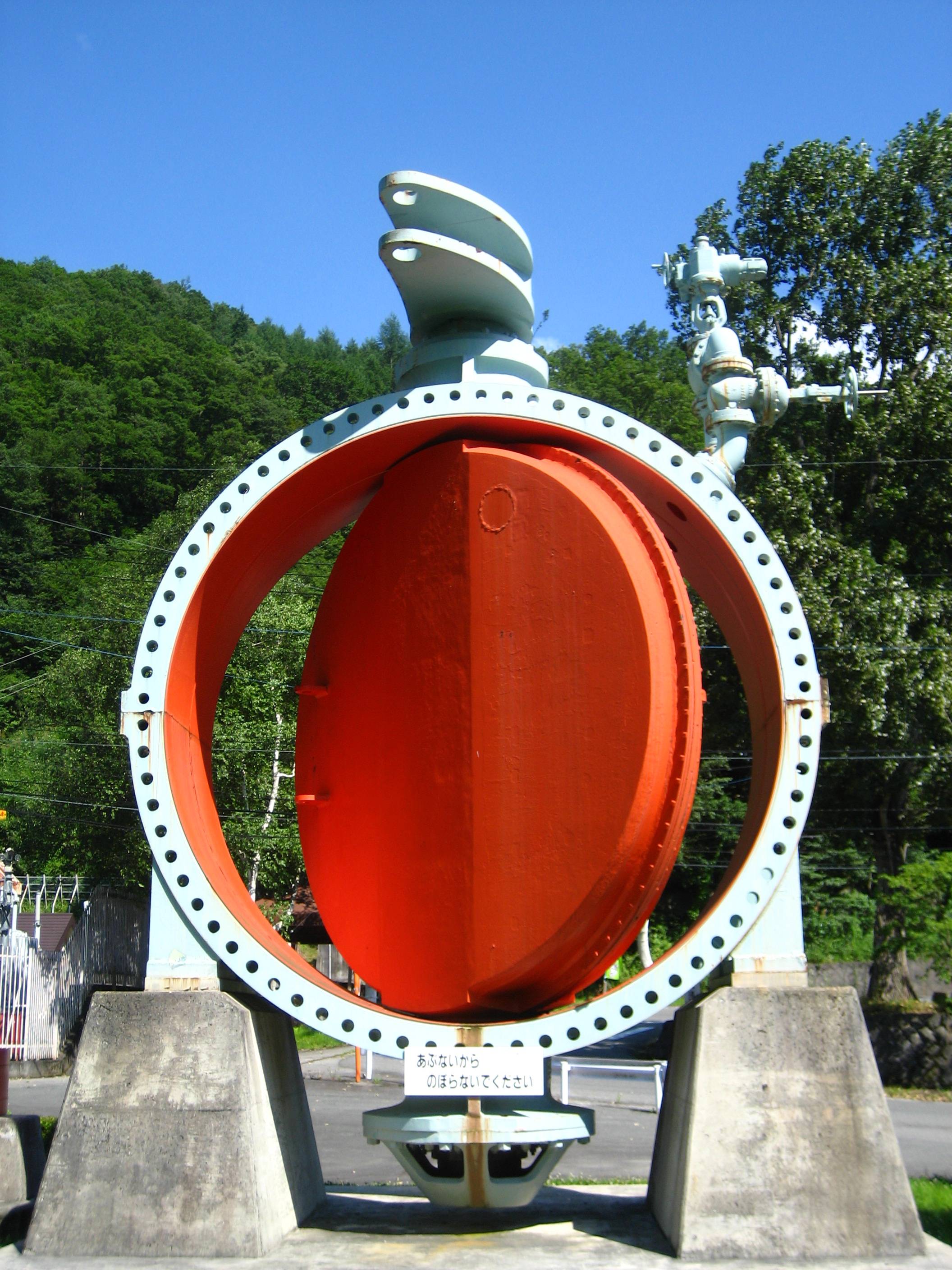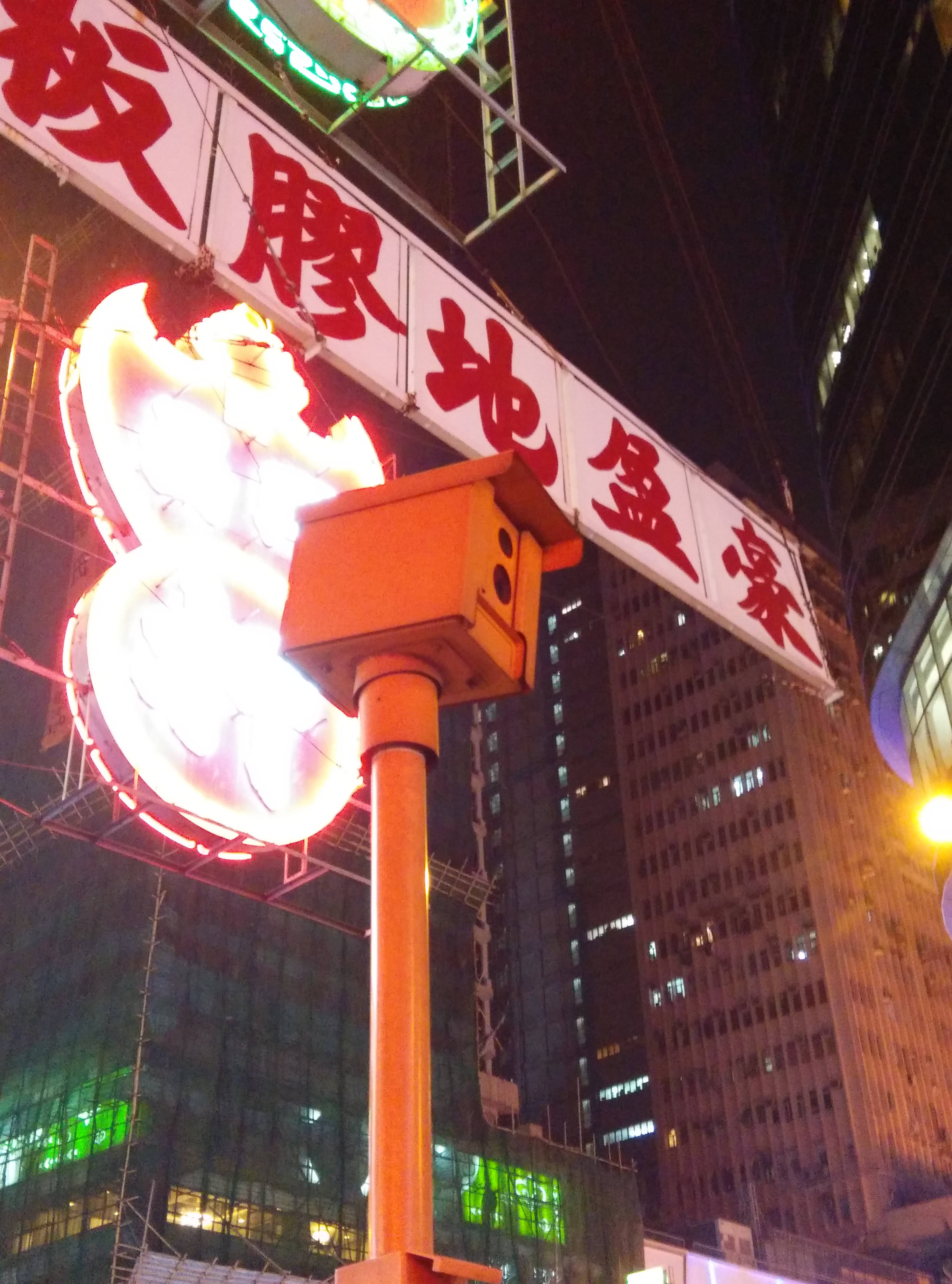|
Engine Braking
Engine braking occurs when the retarding forces within an internal combustion engine are used to slow down a motor vehicle, as opposed to using additional external braking mechanisms such as friction brakes or magnetic brakes. The term is often confused with several other types of braking, most notably compression-release braking or "jake braking" which uses a different mechanism. Traffic regulations in many countries require trucks to always drive with an engaged gear, which in turn provides a certain amount of engine braking (viscous losses to the engine oil and air pumped through the engine and friction losses to the cylinder walls and bearings) when no accelerator pedal is applied. Engine braking in different engine types Gasoline engines The term "engine braking" refers to the braking effect that occurs in gasoline engines when the accelerator pedal is released. This causes fuel injection to cease and the throttle valve to close almost completely, greatly restricting ... [...More Info...] [...Related Items...] OR: [Wikipedia] [Google] [Baidu] |
Diesel Engine (4 Cycle Running)
The diesel engine, named after the German engineer Rudolf Diesel, is an internal combustion engine in which ignition of diesel fuel is caused by the elevated temperature of the air in the cylinder due to mechanical compression; thus, the diesel engine is called a compression-ignition engine (CI engine). This contrasts with engines using spark plug-ignition of the air-fuel mixture, such as a petrol engine (gasoline engine) or a gas engine (using a gaseous fuel like natural gas or liquefied petroleum gas). Introduction Diesel engines work by compressing only air, or air combined with residual combustion gases from the exhaust (known as exhaust gas recirculation, "EGR"). Air is inducted into the chamber during the intake stroke, and compressed during the compression stroke. This increases air temperature inside the cylinder so that atomised diesel fuel injected into the combustion chamber ignites. The torque a diesel engine produces is controlled by manipulating the air-fuel ra ... [...More Info...] [...Related Items...] OR: [Wikipedia] [Google] [Baidu] |
Compression Release Engine Brake
A compression release engine brake, compression brake, or decompression brake is an engine braking mechanism installed on some diesel engines. When activated, it opens exhaust valves to the cylinders, right before the compression stroke ends, releasing the compressed gas trapped in the cylinders. The compression followed by the "wasteful" release consumes great amount of energy, effectively slowing the vehicle. Clessie Cummins was granted a patent for the engine compression brake in 1965, and the first company to manufacture them was Jacobs Vehicle Systems. Therefore, the brakes are commonly known as Jake brakes. Function When the driver releases the accelerator on a moving vehicle powered by an internal combustion engine, the vehicle's forward momentum continues to turn the engine's crankshaft. Most diesel engines do not have a throttle body, so regardless of the throttle setting, air is always drawn into the cylinders (excluding the valve fitted to certain diesels, such ... [...More Info...] [...Related Items...] OR: [Wikipedia] [Google] [Baidu] |
Turbocharger
In an internal combustion engine, a turbocharger (also known as a turbo or a turbosupercharger) is a forced induction device that is powered by the flow of exhaust gases. It uses this energy to compress the intake air, forcing more air into the engine in order to produce more power for a given displacement. Turbochargers are distinguished from superchargers in that a turbocharger is powered by the kinetic energy of the exhaust gases, whereas a is mechanically powered (usually by a belt from the engine's crankshaft). However, up until the mid-20th century, a turbocharger was called a "turbosupercharger" and was considered a type of supercharger. History Prior to the inv ...[...More Info...] [...Related Items...] OR: [Wikipedia] [Google] [Baidu] |
Butterfly Valves
A butterfly valve is a valve that isolates or regulates the flow of a fluid. The closing mechanism is a disk that rotates. Principle of operation Operation is similar to that of a ball valve, which allows for quick shut off. Butterfly valves are generally favored because they cost less than other valve designs, and are lighter weight so they need less support. The disc is positioned in the center of the pipe. A rod passes through the disc to an actuator on the outside of the valve. Rotating the actuator turns the disc either parallel or perpendicular to the flow. Unlike a ball valve, the disc is always present within the flow, so it induces a pressure drop, even when open. A butterfly valve is from a family of valves called quarter-turn valves. In operation, the valve is fully open or closed when the disc is rotated a quarter turn. The "butterfly" is a metal disc mounted on a rod. When the valve is closed, the disc is turned so that it completely blocks off the passageway. Wh ... [...More Info...] [...Related Items...] OR: [Wikipedia] [Google] [Baidu] |
Exhaust Brake
An exhaust brake is a means of slowing a diesel engine by closing off the exhaust path from the engine, causing the exhaust gases to be compressed in the exhaust manifold, and in the cylinder. Since the exhaust is being compressed, and there is no fuel being applied, the engine slows down the vehicle: the crankshaft and hence the wheels work against the pistons to compress the exhaust. The amount of braking torque generated is usually directly proportional to the back pressure of the engine. Exhaust brakes are manufactured by many companies. The brakes vary in design, but essentially operate as described above. More advanced exhaust brakes have exhaust pressure modulation (EPM) that controls the back pressure which in turn improves the braking performance across a range of engine speeds. Description An exhaust brake is a valve which essentially creates a back-pressure in the exhaust system, which applies enough force onto the engine's pistons to slow the engine. In most cases ... [...More Info...] [...Related Items...] OR: [Wikipedia] [Google] [Baidu] |
Roads & Traffic Authority
The Roads & Traffic Authority (RTA) was an Statutory authority, agency of the Government of New South Wales responsible for major road infrastructure, licensing of drivers, and registration of motor vehicles. The RTA directly managed state roads and provided funding to Local government in Australia, local councils for regional and local roads. In addition, with assistance from the federal government, the RTA also managed the NSW national highway system. The agency was abolished in 2011 and replaced by Roads & Maritime Services. History The Department of Main Roads (New South Wales), Department of Main Roads (DMR) was established in November 1932, and undertook works across New South Wales, including maintenance of all major roads into Sydney and programs of road reconstruction, construction, upgrading and rerouting. The DMR was also responsible for many ferries and bridges in New South Wales. On 16 January 1989, the Department of Main Roads, Department of Motor Transport, ... [...More Info...] [...Related Items...] OR: [Wikipedia] [Google] [Baidu] |
Traffic Enforcement Camera
A traffic enforcement camera (also a red light camera, speed camera, road safety camera, bus lane camera, depending on use) is a camera which may be mounted beside or over a road or installed in an enforcement vehicle to detect motoring offenses, including speed limit, speeding, vehicles going through a red traffic light, vehicles going through a toll booth without paying, unauthorized use of a bus lane, or for recording vehicles inside a congestion pricing, congestion charge area. It may be linked to an automated ticketing system. A worldwide review of studies found that speed cameras led to a reduction of "11% to 44% for fatal and serious injury crashes". The UK Department for Transport estimated that cameras had led to a 22% reduction in personal injury collisions and 42% fewer people being killed or seriously injured at camera sites. The ''British Medical Journal'' reported that speed cameras were effective at reducing accidents and injuries in their vicinity and recommended ... [...More Info...] [...Related Items...] OR: [Wikipedia] [Google] [Baidu] |
Decibel
The decibel (symbol: dB) is a relative unit of measurement equal to one tenth of a bel (B). It expresses the ratio of two values of a Power, root-power, and field quantities, power or root-power quantity on a logarithmic scale. Two signals whose level (logarithmic quantity), levels differ by one decibel have a power ratio of 101/10 (approximately ) or root-power ratio of 101/20 (approximately ). The strict original usage above only expresses a relative change. However, the word decibel has since also been used for expressing an Absolute scale, absolute value that is relative to some fixed reference value, in which case the dB symbol is often suffixed with letter codes that indicate the reference value. For example, for the reference value of 1 volt, a common suffix is "#Voltage, V" (e.g., "20 dBV"). As it originated from a need to express power ratios, two principal types of scaling of the decibel are used to provide consistency depending on whether the scaling refer ... [...More Info...] [...Related Items...] OR: [Wikipedia] [Google] [Baidu] |
Loudness
In acoustics, loudness is the subjectivity, subjective perception of sound pressure. More formally, it is defined as the "attribute of auditory sensation in terms of which sounds can be ordered on a scale extending from quiet to loud". The relation of physical attributes of sound to perceived loudness consists of physical, physiological and psychological components. The study of apparent loudness is included in the topic of psychoacoustics and employs methods of psychophysics. In different industries, loudness may have different meanings and different measurement standards. Some definitions, such as ITU-R BS.1770 refer to the relative loudness of different segments of electronically reproduced sounds, such as for broadcasting and cinema. Others, such as ISO 532A (Stevens loudness, measured in sones), ISO 532B (Eberhard Zwicker, Zwicker loudness), DIN 45631 and ASA/ANSI S3.4, have a more general scope and are often used to characterize loudness of environmental noise. More modern ... [...More Info...] [...Related Items...] OR: [Wikipedia] [Google] [Baidu] |
Jackhammer
A jackhammer (pneumatic drill or demolition hammer in British English) is a pneumatic or electro-mechanical tool that combines a hammer directly with a chisel. It was invented by William McReavy, who then sold the patent to Charles Brady King. Hand-held jackhammers are generally powered by compressed air, but some are also powered by electric motors. Larger jackhammers, such as rig-mounted hammers used on construction machinery, are usually hydraulically powered. These tools are typically used to break up rock, pavement, and concrete. A jackhammer operates by driving an ''internal'' hammer up and down. The hammer is first driven down to strike the chisel and then back up to return the hammer to the original position to repeat the cycle. The effectiveness of the jackhammer is dependent on how much force is applied to the tool. It is generally used like a hammer to break the hard surface or rock in construction works and it is not considered under earth-moving equipment, al ... [...More Info...] [...Related Items...] OR: [Wikipedia] [Google] [Baidu] |
Muffler
A muffler (North American and Australian English) or silencer (British English) is a device for reducing the noise emitted by the exhaust of an internal combustion engine—especially a noise-deadening device forming part of the exhaust system of an automobile. Operation Mufflers are installed within the exhaust system of most internal combustion engines. Mufflers are engineered as an acoustic device to reduce the loudness of the sound pressure created by the engine by acoustic quieting. Sound reduction techniques used in mufflers include: reactive silencing, resistive silencing, absorptive silencing, and shell damping. The noise of the hot exhaust gas exiting the engine can be abated by a series of passages and chambers lined with roving fiberglass insulation and/or resonating chambers harmonically tuned to cause destructive interference, wherein opposite sound waves cancel each other out. The operation of an internal combustion engine produces distinct pulses of exhau ... [...More Info...] [...Related Items...] OR: [Wikipedia] [Google] [Baidu] |








